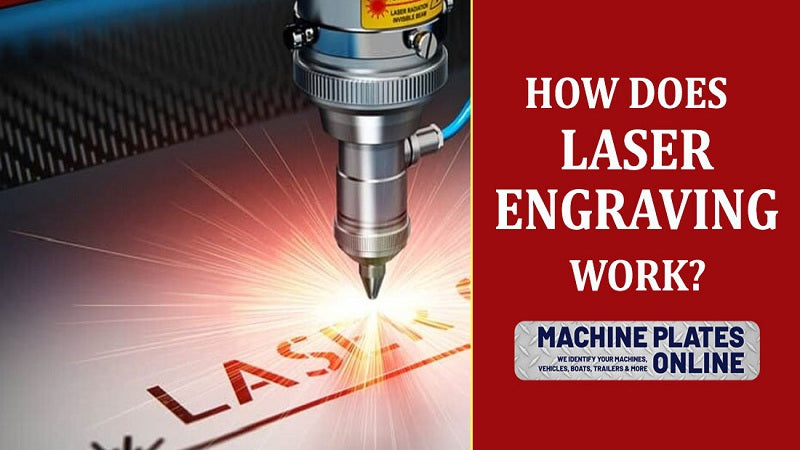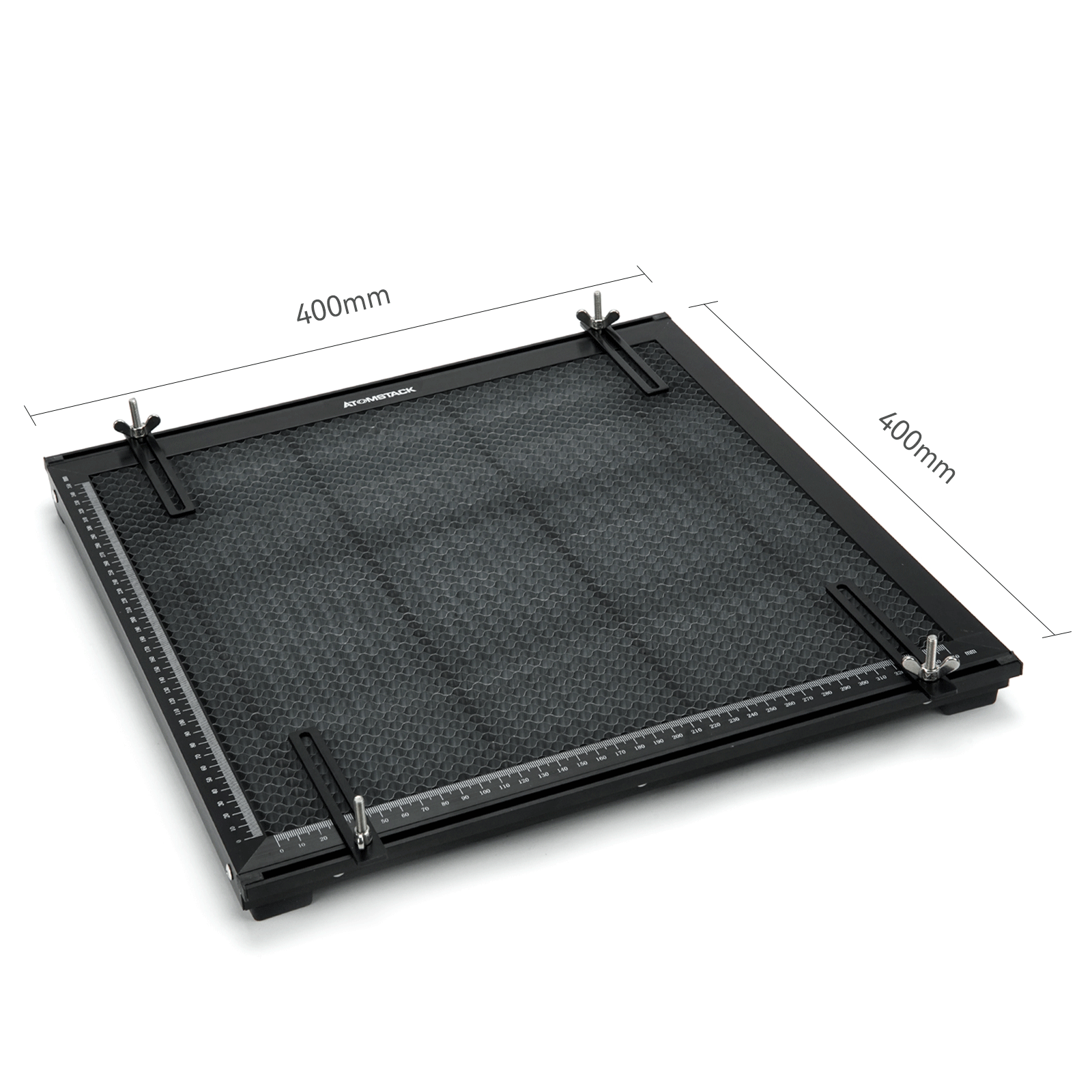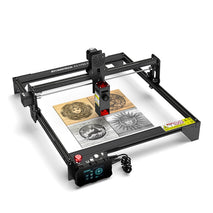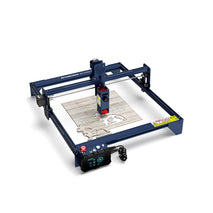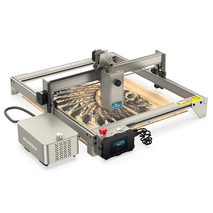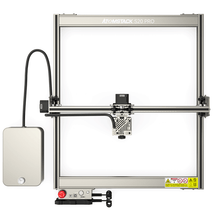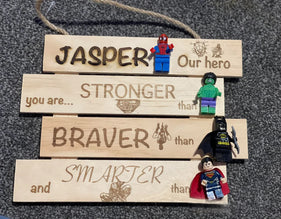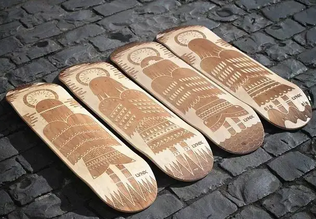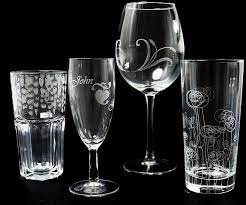
Can You Laser Engrave Glass?
In recent years, laser engraving technology has been more and more widely used in various fields. Atomstack laser engraving machine can not only achieve fine engraving of various materials, but also produce more precise and complex products. This technology also has broad application prospects in glass art creation. So, can you engrave glass with laser engraving technology? This requires exploring the principle and implementation method of this technology.
Principles of Laser Engraving Glass
The principle of the Atomstack S20 Pro laser engraving machine is to use the laser beam to finely vaporize or oxidize the glass surface to form textured patterns and characters. What needs to be pointed out here is that when using laser engraving technology for processing, it is necessary to select a glass material suitable for engraving. The common ones are boron glass, quartz glass, sintered glass, etc., among which boron glass is the most common one.
The core of laser engraving technology lies in the energy control of the laser beam, which can precisely control the power and density of the laser beam in order to carve the desired pattern on the glass surface. This will require the use of special laser equipment, typically CO2 laser equipment with a wavelength of 10.6um.
Implementation
The process of laser engraving glass is relatively complicated, which not only requires certain technical experience, but also requires specific equipment and manufacturing processes. Below, we walk through the specific steps required to implement this technique, step-by-step.
- Design drawing
First, the pattern to be scored needs to be prepared. In the computer program, we can design and edit, so that the final output of the desired pattern. When drawing artwork, you need to pay attention to some specific requirements, such as the pattern is clear and not blurred, and the carved pattern must have a sense of layering, transparency, and so on. - Equipment preparation
Prepare the required Atomstack S30 Pro laser engraving machine, and set the parameters after the system starts, including laser power, engraving speed, engraving depth, etc. Zhunzhi installed the laser head and transmission system, and carried out running-in debugging of the equipment. - Preparation before processing
Before starting processing, some necessary pre-processing preparations are also required, such as wiping and cleaning the glass plate to ensure that the glass surface is smooth and flawless. This not only ensures the engraving effect, but also protects the service life of the equipment. - Processing
When performing laser engraving, it is necessary to control the power density and speed of the laser beam to ensure that the engraving effect is fine and accurate. Real-time monitoring is required during processing, so that processing parameters can be adjusted at any time to ensure the effect of engraving. - Finished carving
After the engraving is completed, carry out final inspection and adjustment to ensure the clarity and artistic effect of the engraved pattern. At the same time, it is also necessary to clean and wipe the dust on the glass surface, so as to get a more perfect engraving effect.
Summarize
Through the above analysis, we can conclude that laser engraving technology can process and mark the texture and pattern of glass. However, its realization requires certain technical experience and specific equipment and process support. Therefore, for glass art designers, relying on laser engraver to realize innovative glass art creation requires mastering relevant technical and process knowledge. At the same time, this also poses new challenges and directions for the innovation of glass art in the future. It is expected that with the support of laser engraving technology, it can bring more refined innovation and upgrades to glass art.
